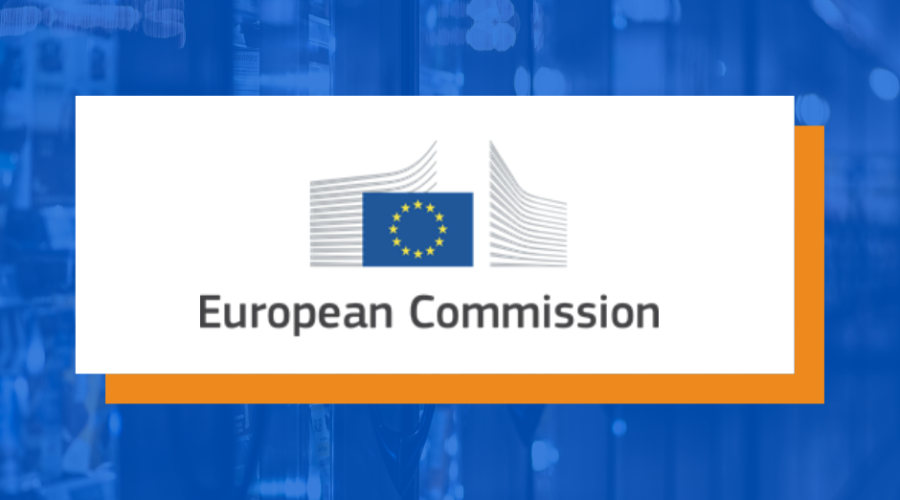[UK] Advertising Ban
Introducing a total online advertising restriction for products high in fat, sugar and salt (HFSS)
Last month, the UK government launched a consultation on the proposed ban of of all online advertising of foods high in fat, sugar and/or salt (HFSS) which would include everything from promotional emails to Google adverts.
HFSS products would be classed in scope of the sugar and calorie reduction programmes. Some of the products covered will be ready meals, pizzas, meat products, savoury snack products, sauces and dressings, prepared sandwiches. The plan comes as an extension of the ‘better health’ strategy launched in July.
The scope of advertising restrictions is not limited to but includes commercial newsletters, in-app advertising, mid-roll video ads, and advertisements which are pushed electronically to devices.
Obesity is a pressing issue in the UK. Taking the path of more lifestyle interventionism in the form of taxes and ad bans seems straightforward and is usually pursued out of noble motives. However, such an approach all too often lacks economic and ethical judgement.
The link between advertising and childhood obesity is too weak to justify ad bans mainly because of several factors at play. When we consider the effects of advertising, we need to also take into account genetics, energy expenditure, parental style, and availability of the advertised product.
We at the Consumer Choice Center do not support the presented proposals. In our view, in order to tackle obesity, the UK should focus on education and innovation instead of opting for interventionist policies that undermine consumer choice.




